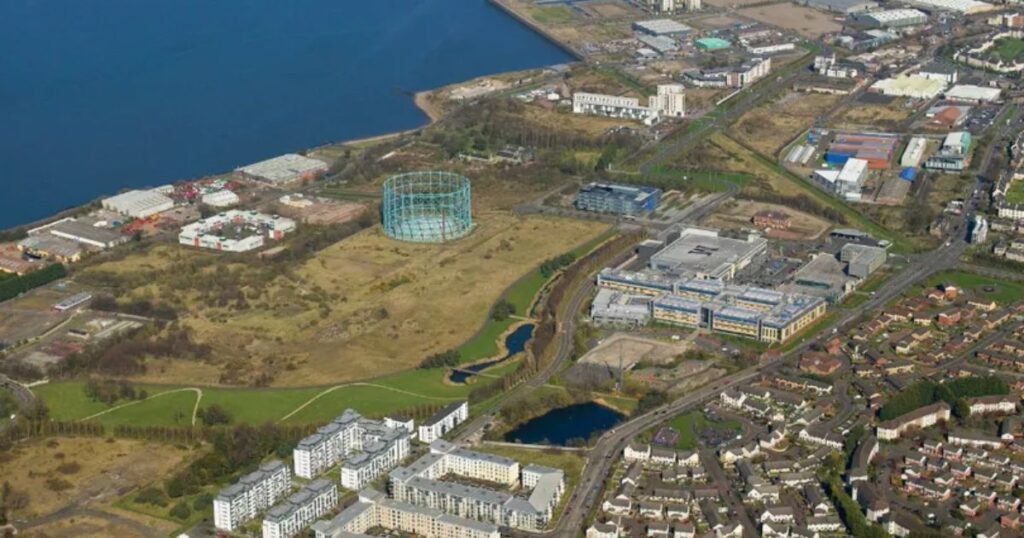Granton Waterfront’s $1.65 Billion Sustainable Coastal Town Project
Plans for the first phase of a $1.65 billion sustainable coastal town at Granton Waterfront in Edinburgh have been made public on the Council’s Planning Portal. Created in partnership with Cruden Homes, this project aims to convert Edinburgh’s largest brownfield site into an eco-friendly community.
Key Features of the Development
The development will present over 800 net zero homes, a new primary school, a low-carbon heat network, commercial units, active travel routes, sustainable transport infrastructure, and public open spaces. A minimum of 35% of the homes will be allocated as affordable tenure, ensuring a diverse and inclusive community.
The homes are designed to be warm, energy-efficient, and suitable for families and wheelchair users. They will be part of a low-carbon heat network delivered by Vattenfall Heat UK Ltd, aligning with the project’s sustainability goals. The iconic Granton Gasholder, currently undergoing restoration, will be a public park, adding to the site’s historical structures such as the refurbished Granton Station.
Community Consultation and Project Leadership
Council Leader Cammy Day emphasized the continuous community consultation throughout the project. Day also highlighted the unique opportunity to build a 20-minute neighborhood from the ground up. This neighborhood will include affordable net zero homes, shops, cultural, leisure, and education facilities, all within close proximity. The plans also illustrate how the new neighborhood will connect to the rest of the city and nearby communities.
A Vision for Transformation
Fraser Lynes, Managing Director of Cruden Homes, expressed excitement about the project. He shared his anticipation for delivering 847 high-quality, sustainable new homes that will contribute significantly towards addressing the housing crisis.
Understanding the 20-Minute City Concept
The 20-Minute Neighborhood is an urban model that allows residents access to most of their daily needs within a short walk or cycle ride from home. This model aims to create “human scale” cities with neighborhoods favoring people-friendly transport options. It promotes essential services such as grocery stores, schools, parks, and healthcare, encouraging active travel to reduce commutes and emissions. Cities including Paris, Melbourne and others globally are adopting this approach to enhance local living, boost local economies, and improve sustainability.
Paris, for example, has adopted the 15-minute city concept, transforming its mobility culture by banning high-polluting vehicles and creating green spaces. Melbourne has a strategic plan for 20-minute neighborhoods, promoting high-quality public spaces and accessible services. Other cities, including London, Madrid, Berlin, and Milan, have explored similar approaches. While the 20-minute concept has garnered global interest, it faces challenges in funding, social integration, and infrastructure development.
The Granton Waterfront project presents a significant advancement towards sustainable urban development. With a focus on community, inclusivity, and environmental responsibility, this new coastal town will address housing needs, enhance residents’ quality of life, and reconnect Edinburgh with its scenic coastline.
Original Story at www.environmentenergyleader.com
